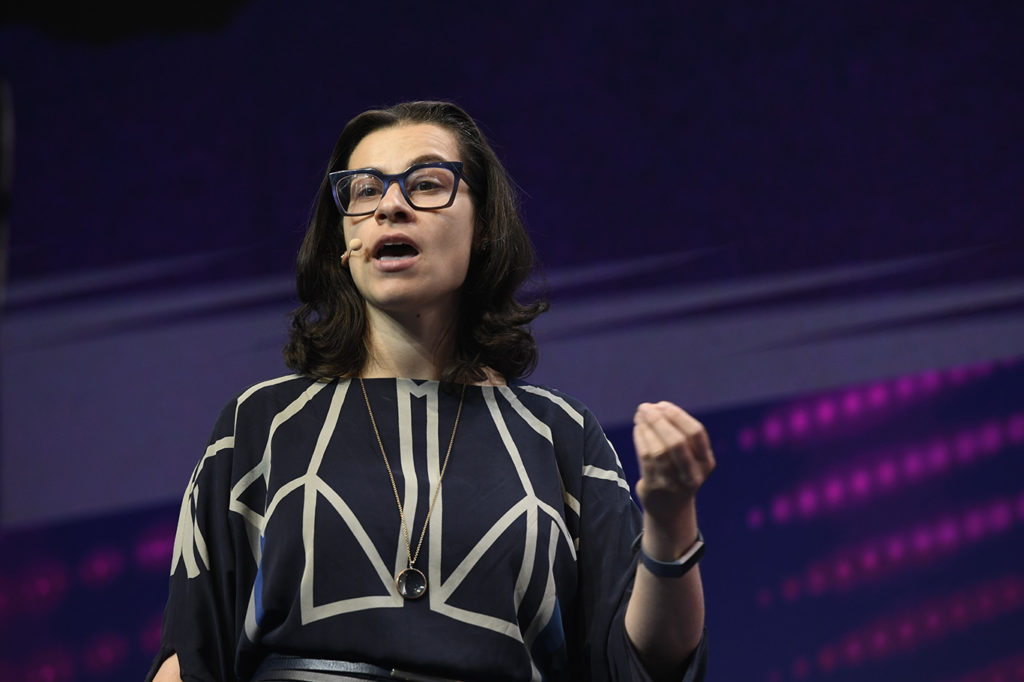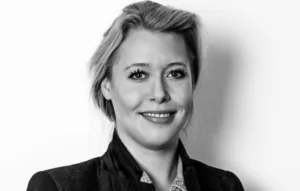By Anastasia Leng, CEO & Founder, CreativeX
Each quarter, marketers and CEOs alike eagerly await the publication of the IPA Bellwether report to get an objective read on how their counterparts respond to industry swings and trends. This report has been especially closely watched post-pandemic as a yardstick for spending confidence and market recovery.
The latest report from Q1 22 revealed that while marketing budgets are at their highest in eight years, around one in four respondents feel pessimistic about their business prospects for growth.
In every industry, growth becomes more difficult to achieve as the industry matures. Once the obvious gains and optimisations have been made, the “last mile” of achievement is the toughest. As it stands, the marketing and advertising industry has a significant blindspot when it comes to ROI: the creative. A vast 84% of marketing content is visual yet it’s the least understood and analysed element of the marketing mix.
The volume of image and video content is increasing, and so is its complexity. The rise of new platforms, all of which require their own unique content specifications, combined with the focus on personalisation and the shorter shelf life of content, means that marketers must make quick yet effective decisions about thousands of pieces of content. There’s no sign of this slowing down, and the rise of platforms like TikTok will continue to not only exacerbate the problem but also expand the opportunity for those who take the time to leverage their creative as a source for growth.
Making creative impact felt
The industry lacks an understanding of the connection between creative and growth. Many have exhausted levers such as placement, keyword, and audience targeting, and they’re looking for a new competitive advantage to propel them forward. The industry as a whole has finally come to recognise, in a measurable way, that a relationship between creative and growth exists. Creativity and engagement is one of the strongest positive drivers of trust in advertising, which reflects a consumer’s desire to engage with a brand. Creative is also the largest contributor to sales uplift at 47% and the most important lever in brand profitability. All of which begs the question – why aren’t brands spending more time focusing on the creative?
As the father of modern business management, Peter Drucker once said, “you can’t manage what you can’t measure.” And creative content has been notoriously difficult to understand in a systematic and objective way in the absence of an industry-wide metric that can serve as a proxy for quality and effectiveness. If brands aren’t measuring the quality of their creative in a scalable and objective way, how can they know what steps they can take to enhance and improve it?
Advancements in artificial intelligence (AI) software have finally made it possible to recognise and measure the kinds of things that only human eyes were previously able to detect. And just in time, as the volume of content the industry puts out has made content review and assessment an impossible (and highly unpleasant) task at scale. This technology allows the industry to take their first step towards a scalable and universal measure of creative excellence, starting with the basics: creative quality.
Hundreds of studies from millions of impressions have demonstrated that there are indeed some basic creative first principles, like the need to brand your asset or feature your product upfront, that have repeatedly been proven to move the needle on performance in a statistically meaningful way. While these learnings are platform-specific, they point to the need for a Creative Quality Score, a cognitive shortcut of sorts that provides a quick health check into whether the creative is set up for success. Will that alone make a creative cut through with your audience? No. Creative quality is necessary but not sufficient, and it won’t win you any awards. But it’s an important start to establish and control our ability to scale content with confidence and it’s often overlooked: the average adherence to creative quality standards is about 28%, which means 70%+ of creative is underutilised and inefficient – for some, this can mean millions in wasted advertising spend.
Growing recognition for the importance of creative
Driven by increasing budget pressure, CMOs are understanding the gains that come with focusing on creative – and have taken steps to do so. New departments centered around Creative Excellence are being established at some of the biggest and most decorated brands in the world. KPIs like the Creative Quality Score are being added to marketing dashboards at brands like Nestle, Pepsi, Heineken, and more.
But that’s just the beginning. Nailing creative quality will help improve our media efficiencies and scale better, but it’s only one pixel of creative excellence. How we measure creative is evolving as brands retreat from traditional methods and lean on new technologies. What we measure in creative is advancing too, allowing marketers to use creative data to analyse everything from content consistency to the diversity of their casting choices at scale to how, and how frequently, they talk about their ESG commitments. The ability to access and integrate this data into existing marketing models remains an untapped competitive advantage, one that will determine brands’ ability to stay both relevant and effective as what consumers demand from brands continues to change.








